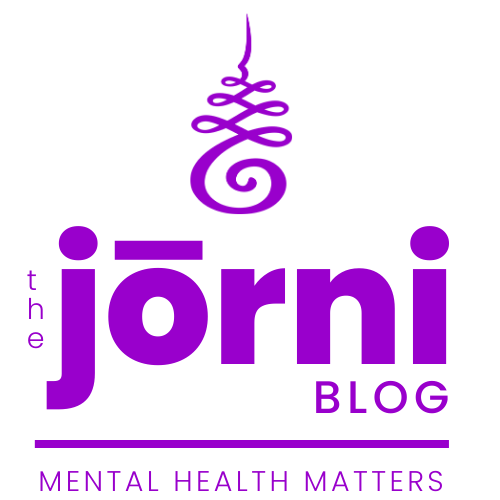Purpose Isn’t a Lightning Bolt
For many of us, the idea of purpose feels loaded. It’s often tied to career, to achievement, or to some grand vision that arrives all at once and makes everything make sense. But that’s rarely how it unfolds. More often, it starts with a question. A low-level unease. A quiet wondering: Is this it?
That question tends to surface when the rhythms of our daily life no longer feel aligned. We might be doing everything we’re supposed to like meeting deadlines, taking care of others, and staying on top of responsibilities. But something is still missing. Not something loud. Something internal. The sense that we’re going through the motions without being fully in them.
In this conversation, we explore how finding purpose isn’t a single moment of clarity. It’s a relationship we build with ourselves over time. One that changes as we do. It requires attention, curiosity, and a willingness to turn toward the discomfort of not knowing. Because often, that discomfort is what points us to something deeper.
Where Wellness Meets Wisdom
Dr. Cindi brings more than 15 years of experience in the mental health field, blending clinical insight with a deeply human approach to healing. As a therapist, researcher, university instructor, and yoga teacher, her work spans traditional modalities and integrative practices—offering a well-rounded lens on how we understand stress, purpose, and emotional resilience.
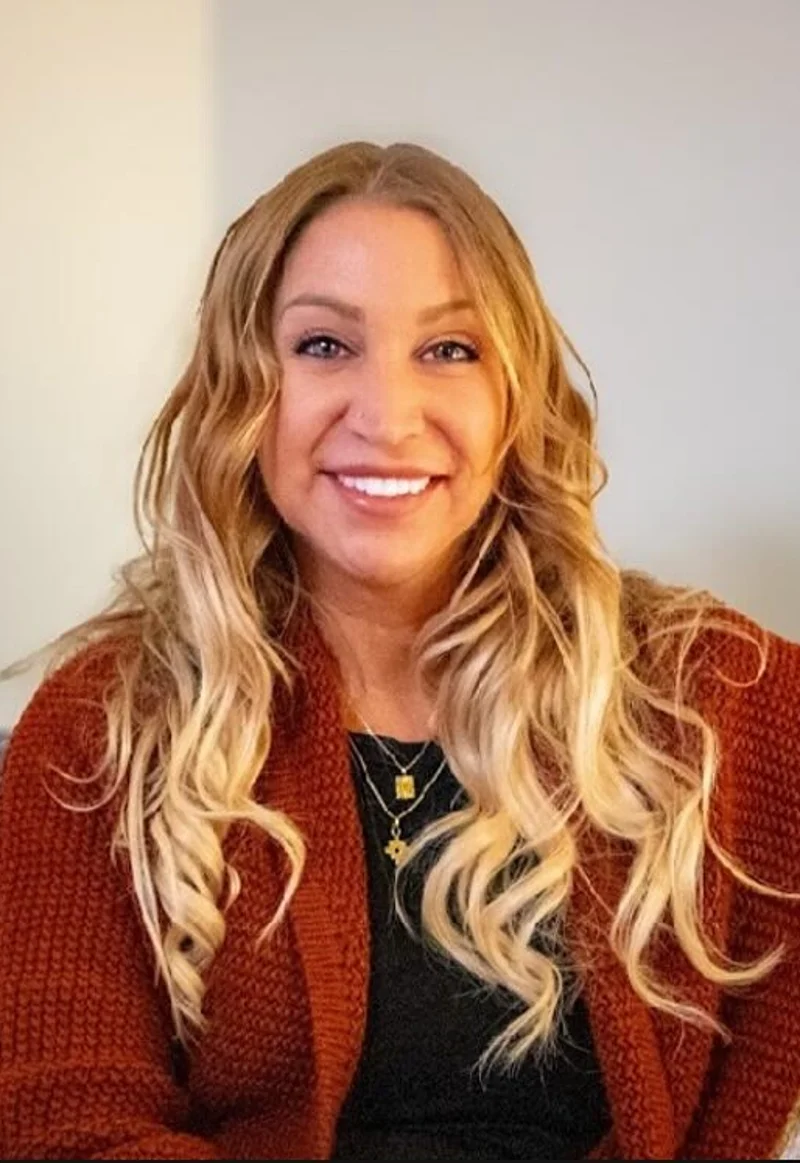
Her doctoral research focused on stress, burnout, and coping in the helping professions, and she’s the author of Finding Your Purpose and Finding Your Wellness, two grounded, accessible books on cognitive behavioral therapy and positive psychology. Whether she’s teaching in a university setting, guiding a workshop, or speaking to clinicians, Dr. Cindi brings a rare ability to make complex ideas feel clear, personal, and actionable.
Why So Many of Us Feel Stuck
Feeling stuck is often a sign that something is no longer working, even if it once did. That stuckness is information. It’s feedback from a part of us that has been quietly trying to get our attention.
When Success Doesn’t Satisfy
We might be achieving our goals, hitting milestones, or managing everything well, yet still feel a sense of flatness. That’s a gentle signal that external success and internal fulfillment are not aligned. If we are not nourished by what we are building, purpose will continue to feel out of reach.
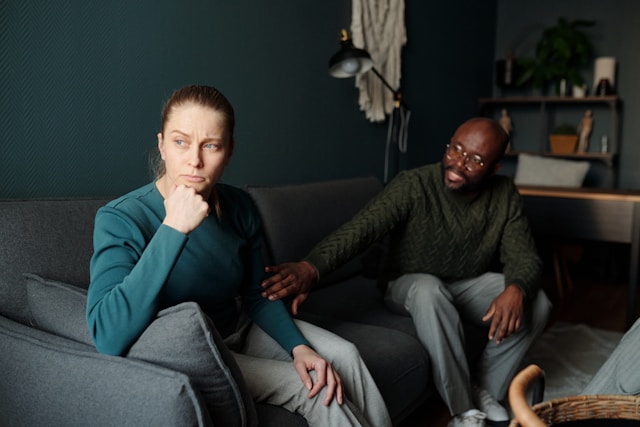
The Burnout of Disconnection
Purpose and energy are closely linked. When we are disconnected from meaning, our energy suffers. We can push through for a while, but eventually the lack of resonance takes a toll. Burnout doesn’t always come from doing too much. It can also come from doing too little of what matters to us.
Why the Answers Don’t Come Easily
We often expect purpose to arrive fully formed. But real clarity usually unfolds in layers. The pressure to know right away keeps us locked in indecision. For many of us, purpose is revealed over time through paying attention to what feels alive in us.
Self-Awareness as a Compass
We cannot move toward purpose if we don’t understand what drives us. Self-awareness gives us the tools to separate inherited expectations from genuine desire.
Noticing What Moves Us
Purpose often hides in the patterns we overlook like the conversations that energize us, the tasks that bring a sense of flow, or the topics we return to again and again. These aren’t coincidences as much as they are clues. Noticing them gives us a map back to ourselves.
Recognizing What We Have Outgrown
Sometimes clarity comes not from knowing what we want, but from admitting what we no longer want. Self-awareness helps us acknowledge when something no longer fits. Letting go of the old creates space for the new to emerge, even if we don’t have all the answers yet.

Working With Resistance, Not Against It
We all experience internal resistance. But instead of forcing our way through, we can ask: What is this resistance trying to protect? What fear or wound is it guarding? Understanding that allows us to move forward with compassion instead of pressure.
The Role of Resilience in Redefining Purpose
Life doesn’t slow down while we’re searching for clarity. We still have to show up for work, our families, and our responsibilities. That’s where resilience becomes essential because it allows change to unfold in the midst of our daily reality.
Letting Go of the Timeline
There is no perfect age or moment for finding purpose. It’s never too late and it’s never too early. The time is now. The pressure to “figure it out” by a certain point in life can make us chase someone else’s version of meaning. Resilience allows us to drop the timeline and honor our own pace.

Making Room for Uncertainty
We don’t need to wait for certainty to begin. Purpose often becomes clearer because we stayed present through the fog. The willingness to keep going even when we don’t know what’s next is the kind of strength that moves us forward without forcing an outcome.
Choosing Alignment Over Approval
When we step toward what truly matters to us, we will almost always disappoint someone. And as scary as that might be, it is confirmation that we are choosing authenticity over performance. Resilience gives us the capacity to keep choosing what aligns, even when it is hard.
Mindfulness as a Tool for Connection
Purpose rarely emerges in chaos. When we’re constantly reacting, scrolling, multitasking, and checking boxes, we lose access to the subtler signals that guide us. Mindfulness becomes a quiet lifeline. It brings us back into contact with what’s happening inside rather than just reacting to what’s happening around us. It slows the loop of urgency so we can begin to listen with more presence and less pressure.
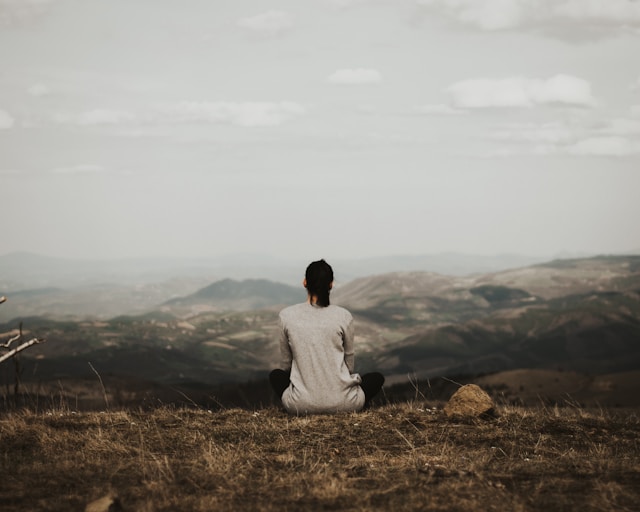
Mindfulness doesn’t have to look like sitting in silence for hours or achieving perfect stillness. It’s about building moments of pause into the pace of daily life. Noticing when our breath shortens. Feeling where tension gathers in our chest. Catching ourselves before we move into auto-response. These are the micro-moments where self-connection is rebuilt. And when that connection is intact, we start to feel the difference between moving out of alignment and moving with clarity.
Mindfulness doesn’t just hand us a map. But it does help us stop long enough to see where we’re standing. It helps us notice what feels expansive versus what feels forced. What we’re doing out of habit versus what we’re doing out of truth. The insights that come from that space are often the ones that stick. And the ones that feel familiar because they have been with us all along, just waiting for space to be heard.
A Purpose That Evolves With Us
And on that note, purpose isn’t something we find once and hold onto forever. It’s not fixed, final, or meant to stay the same across every chapter of our lives. What once felt meaningful might begin to feel restrictive. What once lit us up may start to feel like an obligation. That shift isn’t a sign we are lost but a signal that we have grown. Evolving purpose is a reflection of our capacity to listen to what matters now, not just what mattered then.
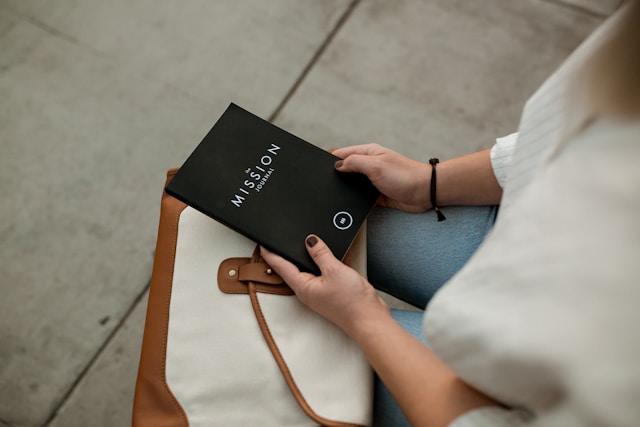
Holding purpose with a softer grip gives us room to adjust. To change course without self-judgment. To release roles or identities that no longer align. We don’t have to abandon everything to honor that change. We simply have to pause long enough to notice what still fits and what feels heavy. This kind of flexibility strengthens purpose. Because now, it’s rooted in the truth of who we are, not just who we were trying to become.
When we stop forcing purpose into a rigid definition, we allow it to meet us in real time. It moves with us. It adapts to the seasons of our lives. That’s how it stays alive. When we’re brave enough to let go of what no longer feels true, we make space for what’s next. As a return to a version of ourselves that’s more honest, more present, and more aligned with the life we actually want to live.
When Purpose Becomes Performance
Sometimes what we call purpose is really a role we’ve mastered. We get good at being who we’re expected to be. We become known for a particular strength, a particular way of showing up. And over time, that identity gets reinforced, praised, rewarded, and even admired. But underneath it, we can feel something slipping because we are no longer in it fully.
When purpose becomes performance, we start to lose access to ourselves. We stay in situations because we’re good at them, not because they’re meaningful. We say yes because it’s familiar, not because it’s aligned. It becomes harder to tell the difference between what we’re doing out of habit and what we’re doing out of resonance. The danger is that we will succeed at something that no longer fits.
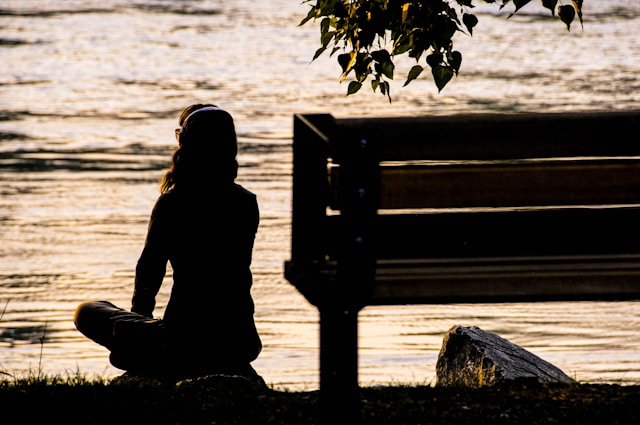
Returning to a more honest version of purpose requires us to question what we’ve outgrown, even if it still works. It asks us to choose aliveness over certainty. That doesn’t mean walking away from everything. It means making space to ask: Is this still true for me? If the answer is no, that’s clarity.
The Body’s Role in Purpose
We often treat purpose like an intellectual exercise. Something we need to figure out. But finding purpose is actually a physical exercise as well. Our body responds when something feels aligned. We feel more present, more energized, more connected. And when something is off, our body lets us know long before our mind catches up.
Ignoring the body’s signals cuts us off from an important source of wisdom and communication. Our nervous system is constantly tracking safety, resonance, and truth. When we override that for long enough, we start to lose touch with what we really want.

Reconnecting with our body helps us access a deeper form of knowing and direction. When we feel safe in our body, it’s easier to hear ourselves clearly. We don’t have to chase our purpose. We can follow the pull of what feels right, and let our body guide us toward the next step.
The TAKEAWAY
Many of us wait for purpose to arrive like an answer key. Something that will finally validate our choices or redirect our path. But purpose rarely shows up in that way. It doesn’t come with clarity all at once. It comes in micro-moments like the pull toward a conversation, the lift we feel in a certain type of work, or the relief that follows a decision that aligns. These aren’t random coincidences but evidence of something alive and already unfolding.
If we are always looking for something bigger, we miss the quiet truth that purpose doesn’t need to be impressive to be meaningful. It’s not measured by productivity or visibility. It lives in the choices we make when no one’s watching. In the way we respond to others. In the parts of life that feel worth returning to because they feel real. That’s what gives life shape. That’s what gives it weight.
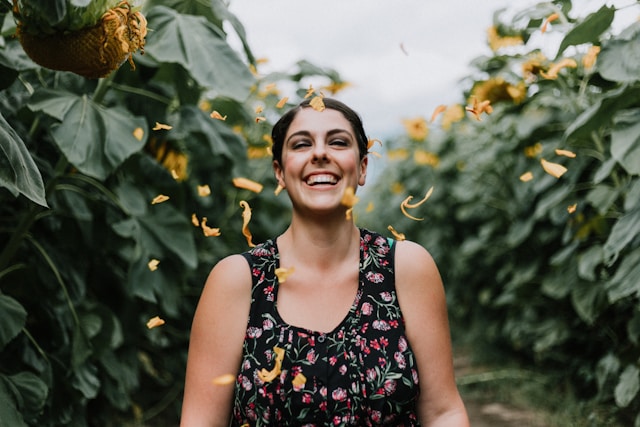
We don’t need to wait to be more certain, more accomplished, or more healed before we begin. We’re already in it. Purpose builds with us, not after us. And when we stop trying to define it perfectly, we create space to feel it fully. As a way of moving through the world that reflects who we are, not just what we do. That is why this matters because purpose isn’t something we find later.
